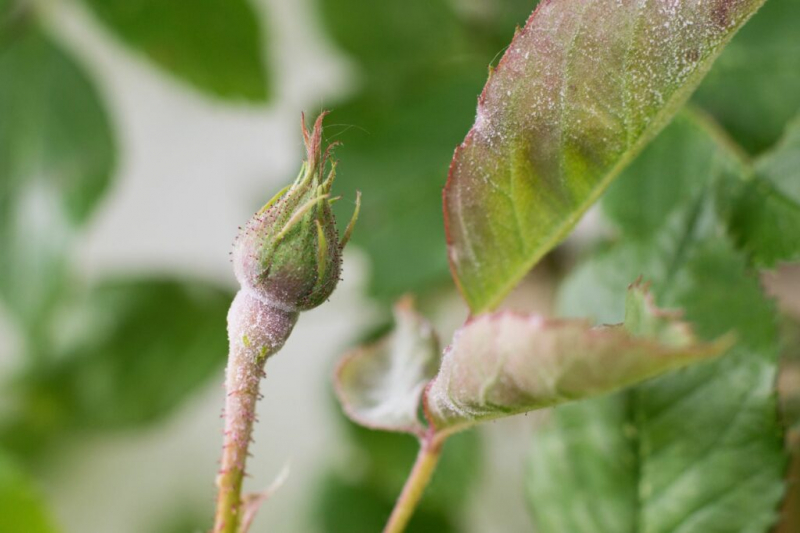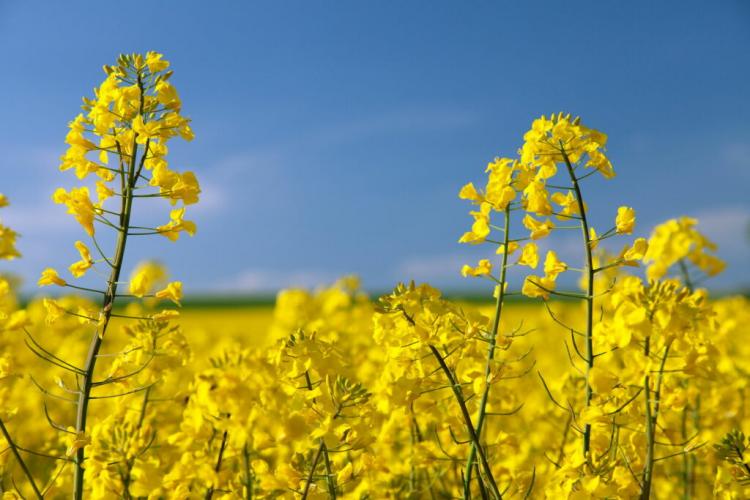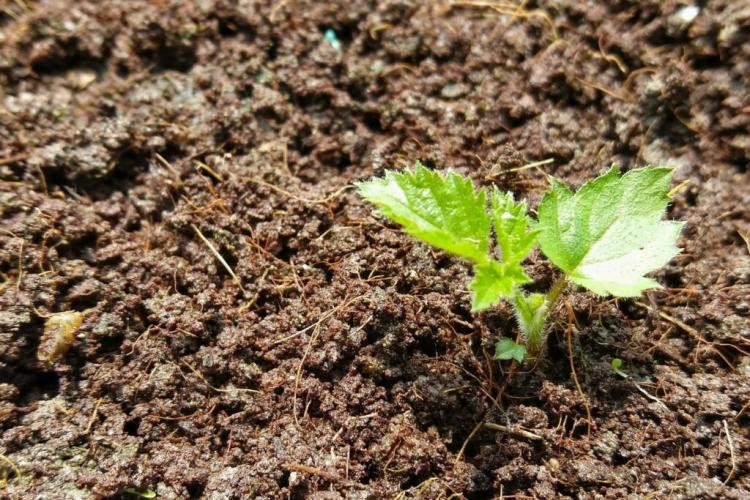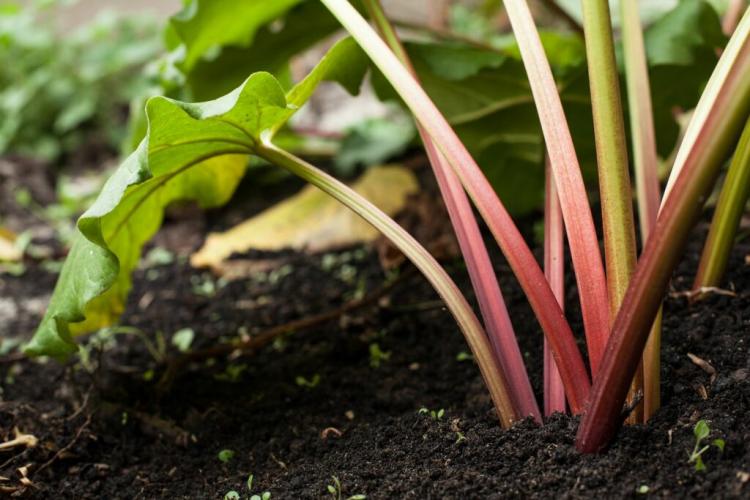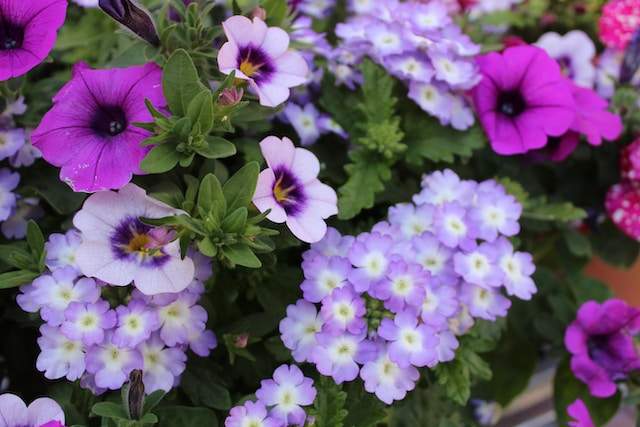Powdery Mildew On Roses: Identifying And Combating Powdery Mildew And Downy Mildew
A white or gray coating on roses often indicates powdery mildew. We reveal how you can recognize downy mildew and powdery mildew in roses and how you can fight it with home remedies and the like.
The rose ( Rosa ) is one of the longest cultivated ornamental plants and is more diverse than almost any other plant. Several thousand varieties with a wide variety of flowers and growth forms adorn the German gardens. But there is a widespread pathogen that can threaten the flowers from the beginning of May. Strictly speaking, there are actually two pathogens: real and downy mildew.
Powdery mildew on roses
Table of Contents
First of all, it is important to know how the powdery mildew on roses ( Podosphaera pannosa ) and the downy powdery mildew on roses ( Pseudoperonospora sparsa ) differ. Not only are their names different, in fact, but the two mushrooms are also only distantly related. While downy mildew belongs to the group of egg fungi (Peronosporomycetes), powdery mildew is assigned to the hose fungi (Ascomycota). Their survival and reproduction strategies are different, so it is important to successfully control which fungus you have in front of you.
Identifying powdery mildew on roses
- The mealy-white coating on the roses partially or completely covers the top and bottom of the leaf. This coating can be easily wiped off with your fingers and thus distinguished from limescale stains or the like.
- Shoots and buds can also carry the white coating. However, the coating does not appear on the lignified trunk of the rose.
- With a magnifying glass, small arms (conidia carriers) can be recognized, which carry several spheres, the so-called conidia. These are spores used to spread the fungus.
- What you cannot see: The fungal mycelium – i.e. the network – also grows through the stomata into the leaf, where it absorbs nutrients from the upper cell layers.
- If the infestation is severe, the leaves turn red and curl up or are even shed.
- The tips of the shoots may become crippled and deformed leaves may form, and plant growth is also inhibited.
Fight powdery mildew on roses
Because powdery mildew does not overwinter in the leaves, but only under the scales of the buds of the younger shoots, pruning roses in spring is particularly important when it comes to combating it. Apart from the general preventive measures such as good rose fertilization and the right location, effective home remedies should be used in a targeted manner even with a weak infestation. We will present these to you below. In the event of severe infestation, sometimes only professional pesticides can help – but here, too, we have compiled biological preparations for you in the following.
You might so like: Roses In Pot: Caring And Planting A Rose In A Pot
Downy mildew on roses
Identifying downy mildew on roses
- Brownish-red or purple spots can be seen above and below, which are often located between the leaf veins of the plant.
- Under damp conditions, a thin, gray-white mold lawn is formed on the underside of the leaves. With a magnifying glass, the individual spore carriers can be seen, each of which only carries a single spore. The fungus spreads with these spores.
- Shoots can also be infected and then show reddish spots and possibly a lawn of mold.
- If the infestation is severe, foliage leaves are shed.
- Buds can dry out.
- Plant growth is inhibited.

Fighting downy mildew on roses
Because the downy mildew spores overwinter in the leaves and the shoots of the plant, it is particularly important to remove the leaves after the leaves have fallen in autumn. In addition, the annual clearing and care pruning of the roses should definitely be done with the first budding and calmly generously. Leaves and shoots are disposed of with residual waste or burned. If all the precautionary measures did not help or were unfortunately neglected, there is a small selection of home remedies and biological pesticides for targeted control of the fungus. We will present both options to you in the following.
Home remedies for powdery mildew on roses
Just like with powdery mildew on cucumbers, there are a few effective home remedies for powdery mildew on roses:
- Treatment with milk: A mixture of milk and water (ratio 1: 9) is sprayed daily on the leaves when an infestation occurs. The powdery mildew fungus is attacked by the lactic acid bacteria and, in the best case, completely suppressed. It remains to be found out whether the milk mixture is just as effective against downy mildew.
- Treatment with baking powder: The potassium (hydrogen) carbonate contained in baking powder is strongly basic and makes life difficult for both powdery mildew and downy mildew. The effect of a 0.5% solution with water (5 grams in one liter of water) has already been confirmed in several tests.
- A reader of our magazine uses chamomile tea as a preventive measure. The essential oils contained in chamomile probably also inhibit the initial development of the fungus, so that the infestation does not even occur.
- According to scientific studies, spray mixtures made from fennel and field horsetail also have an effect as long as the mildew infestation is not too strong.
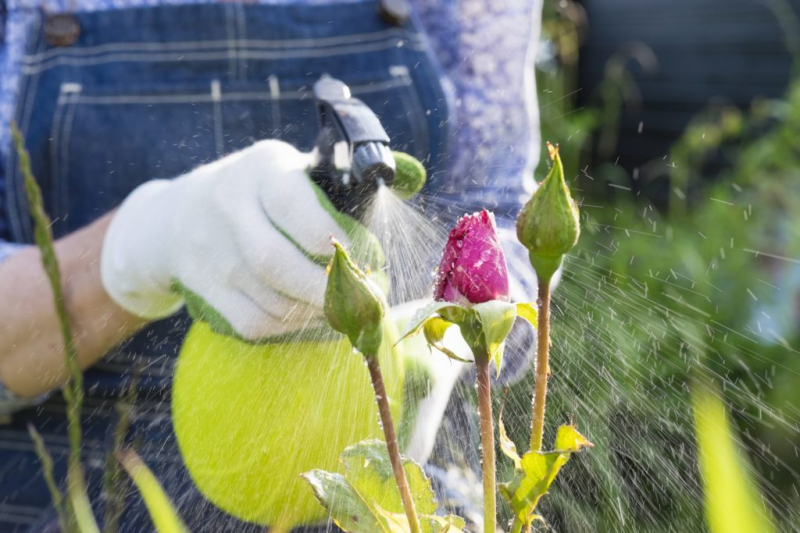
Other remedies against powdery mildew on roses
You don’t have time to prepare a spray liquid or your roses are already badly infested? Then you still have the option of biological control of powdery mildew on roses. Effective remedies are, for example, Equisetum Plus, which mainly consists of field horsetail extract. Network sulfur products from various manufacturers are also very effective against fungi, but can also harm beneficial insects if the dosage is too high. The same applies to copper preparations, which may be used in organic farming, but which in the long term accumulate in the soil to critical concentrations.
With the correct use of these agents, even more, severe mildew infestation will soon pass. In autumn and in the coming spring preventive measures should then be taken to prevent a renewed severe infestation.
You might so like: How To Grow Roses In Your Garden
We recommend the following products against fungal diseases:
- Celaflor Mushroom Free Saprol N: For combating common fungal diseases on roses and other ornamental plants and vegetables. Protects beneficial insects and is not dangerous to bees.
- Neudorff AF mushroom-free: Spray against fungal diseases, but is dangerous for bees.
- Auxin primary rock flour: Serves to re-enrich the soil with valuable mineral substances, reacts slightly alkaline, and thus counteracts acidification of the soil.
Prevent powdery mildew on roses
There are a few tips you can take to heart so that your roses are generally not attacked by any kind of harmful fungus in the first place:
- Roses absolutely need a sunny location with some air movement. A good location already prevents many diseases and pests. To ensure that the foliage dries quickly, roses should be as free as possible and not under the eaves of trees or buildings.
- Do not plant roses where the rose family grew before. Incidentally, almost all fruit trees and strawberries also belong to the rose family.
- Your rose should be optimally supplied with nutrients and feel comfortable in your piece of soil.
- When watering, make sure to hit only the soil and not the leaf. Fungal spores require a minimum of liquid to germinate and penetrate the leaf.
- When choosing new roses for your garden, you can specifically rely on ADR roses.
- There are also new varieties that are resistant to powdery mildew fungi. The varieties apple blossom, heather dream, palm garden Florida and summer wind, for example, have proven to be resistant.
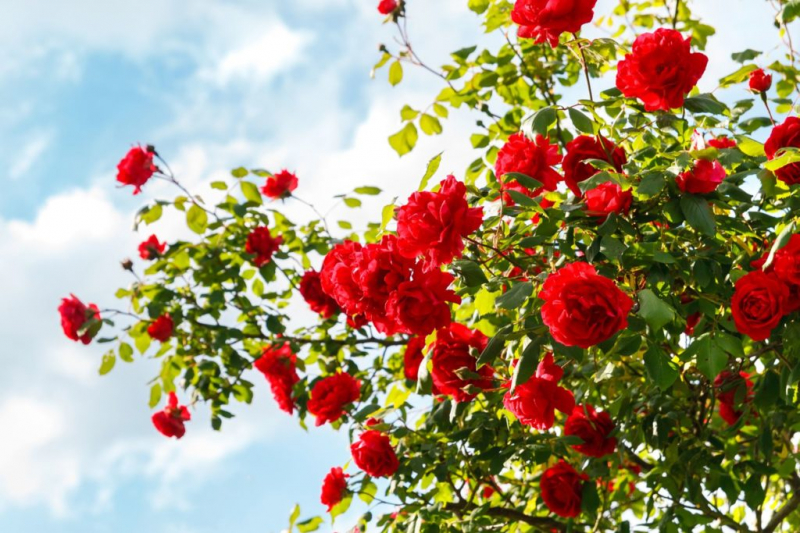
Would you like to admire the most beautiful and most flowers every year? We explain to you how rose pruning and the perfect rose fertilization work.
